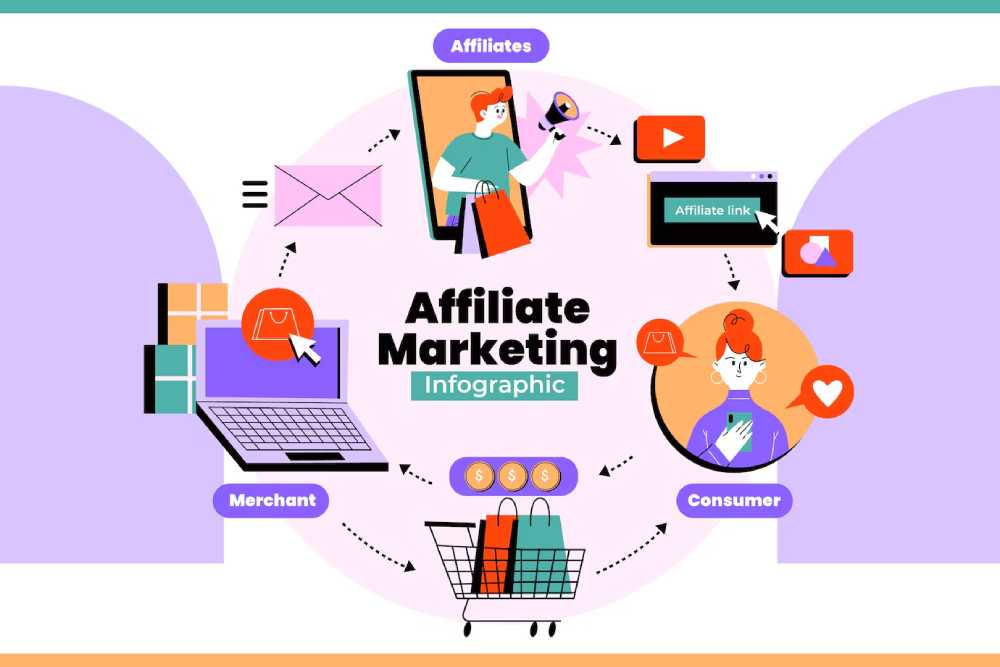
Passive Income Myths: What Actually Works in 2025
The idea of earning money while you sleep has never been more appealing—or more misunderstood. With social media promising six-figure incomes from side hustles and online gurus selling one-size-fits-all strategies, it’s easy to get swept up in hype. But what’s the truth behind passive income in 2025, and which models actually work?
In this post, we’re debunking the most persistent passive income myths, breaking down the realities behind online earnings, and highlighting proven methods that can support your goals in a sustainable way. Whether you’re just starting or refining your current strategy, knowing what’s real (and what’s not) can save you time, energy, and money.
What Is Passive Income—Really?
Passive income refers to earnings generated with minimal ongoing effort. But “minimal” doesn’t mean zero. Most passive income streams require:
- Upfront work (time, skill, or capital)
- Maintenance (updates, support, reinvestment)
- Patience before seeing results
In 2025, the line between passive and active income is often blurred. The key is understanding your earning style, managing your expectations, and recognising which models are actually sustainable.
Myth 1: “Passive Income Is Fast and Easy”
This myth is fuelled by viral videos and influencer marketing. You’ve seen the claims: “I made $10k in a weekend,” “Quit your job with this simple side hustle,” or “Earn without lifting a finger.”
The reality:
- Most legitimate passive income streams take months (or years) to build
- Many require ongoing involvement, especially at the start
- “Easy” money often involves high-risk or unrealistic promises
Think of passive income as automated income, not effortless income. The goal is to create systems that work for you—but those systems need time to develop.
Myth 2: “Everyone Can Succeed With the Same Side Hustle”
From drop shipping to affiliate marketing, side hustle trends often go viral. But just because something worked for one person doesn’t mean it’s the right fit for everyone.
What to consider:
- Your skills and interests
- Your time availability
- Startup costs and risk tolerance
- Market saturation
Side hustle truth: There’s no universal formula. The best income stream is the one that aligns with your strengths and resources—not what’s trending on TikTok.
Myth 3: “Earning Online Is Always Passive”
Just because something happens online doesn’t mean it’s passive. For example, running a YouTube channel, blog, or digital product shop can become a full-time job if you’re constantly updating content, replying to comments, or managing customer service.
Evaluate online opportunities based on:
- How long setup takes
- Ongoing time investment
- Revenue model and consistency
While many online ventures can eventually be streamlined, expect a ramp-up period that’s more “active” than passive.
What Actually Works: Sustainable Passive Income Ideas for 2025
Now that we’ve covered the myths, let’s look at what actually delivers in today’s economy. These methods balance automation, scalability, and realistic earnings over time.
1. Digital Products and Courses
Creating an eBook, downloadable template, or video course remains one of the best passive income options—when done right.
- Works well for: Educators, creatives, consultants
- Setup needs: Knowledge in a niche, content creation, marketing
- Passive potential: Moderate to high after launch, with regular updates and promotion
Use platforms like Gumroad, Teachable, or Kajabi to automate delivery and payments.
2. Affiliate Marketing

Earn a commission by promoting products through a blog, social media channel, or email list. Success relies heavily on trust and audience engagement.
- Works well for: Content creators, reviewers, niche influencers
- Setup needs: An audience, SEO or content marketing, product research
- Passive potential: High once systems and traffic are in place
AI tools now help automate parts of content creation, but human insight is still critical for trust and relevance.
3. Dividend Stocks and ETFs
Investing in dividend-paying assets offers truly passive income, especially for those focused on long-term wealth.
- Works well for: Investors with capital to deploy
- Setup needs: Initial capital, market knowledge, or advisor guidance
- Passive potential: High, with relatively low maintenance
This is not a get-rich-quick scheme—it requires consistent investing and time to grow.
4. Print-on-Demand Stores

Platforms like Redbubble, TeeSpring, and Etsy allow you to design items like t-shirts or mugs, which are then printed and shipped by a third party.
- Works well for: Designers, artists, or creative hobbyists
- Setup needs: Graphic design tools, niche research, marketing
- Passive potential: Medium; needs product uploads and trend tracking
Use AI-assisted design tools to speed up creation—but focus on originality to stand out.
5. Self-Publishing (eBooks, Audiobooks)
The rise of AI narration and improved self-publishing tools makes it easier than ever to earn from your writing.
- Works well for: Writers, subject experts, storytellers
- Setup needs: Manuscript, cover design, publishing platform (e.g. Amazon KDP)
- Passive potential: Medium to high, depending on niche and marketing
Niches like self-help, romance, and productivity remain top earners.
6. App or Software Development

Apps and browser extensions that solve small problems can generate recurring revenue, especially with a freemium model.
- Works well for: Developers or teams with technical skills
- Setup needs: Time-intensive upfront development, app store optimisation
- Passive potential: High after launch and refinement
Competition is fierce, but AI integration opens up new niches for solo developers.
7. License Your Content
Photographers, musicians, and video creators can license their work via platforms like Shutterstock, Pond5, or Epidemic Sound.
- Works well for: Creatives with a growing portfolio
- Setup needs: High-quality, searchable content; understanding of licensing terms
- Passive potential: Medium; relies on volume and quality
Focus on evergreen themes (e.g. business, wellness, education) for long-term value.
What’s Not Worth Your Time in 2025?
While some methods work well, others are either outdated or oversaturated.
Be cautious of:
- Low-quality dropshipping stores with poor margins
- Crypto schemes or NFTs promising guaranteed returns
- Ad scam sites asking you to “click to earn”
- Courses that overpromise with no proven system
These models often overstate potential, underdeliver in earnings, and could compromise your credibility—or worse, your finances.
Mindset Tips for Long-Term Passive Income
Sustainable income isn’t just about strategy—it’s about mindset. Keep these truths in mind as you build:
1. Treat It Like a Business
Even if it’s part-time, passive income is earned income. Track, test, and tweak your systems.
2. Focus on Value
Whether you’re educating, entertaining, or solving a problem, value leads to revenue—not the other way around.
3. Reinvest in What Works
Once something gains traction, reinvest time or money to scale it further (ads, SEO, more content, etc.).
4. Be Patient
Most systems take 3–12 months before meaningful results. Don’t bail at month two if things are slow.
Final Thoughts: Real Income, Real Effort
Passive income in 2025 is still very much alive—but it doesn’t look like the fantasy sold in clickbait ads. The most successful earners build systems with care, test what works, and commit to long-term sustainability.
If you’re looking to create a stream of income that supports your goals and aligns with your skills, start with curiosity, get honest about the effort involved, and choose a model that excites you. That combination—of clarity, passion, and consistency—is what really works.